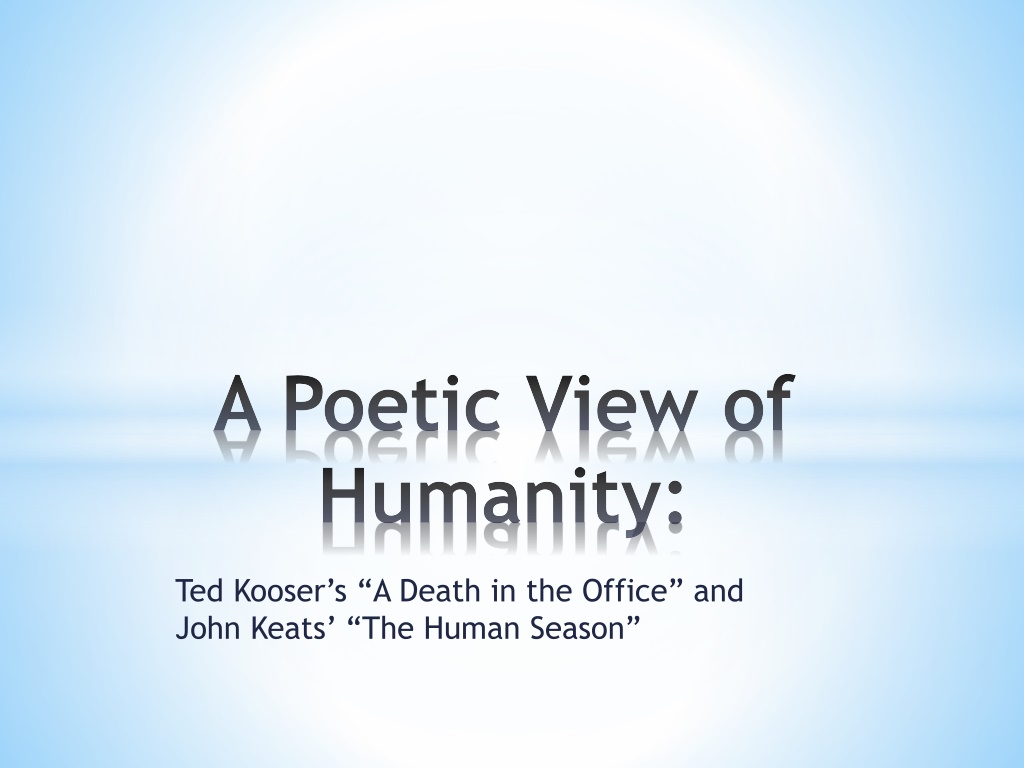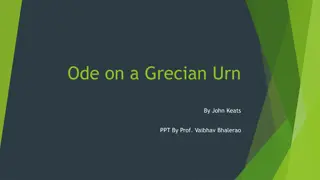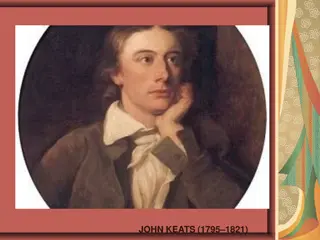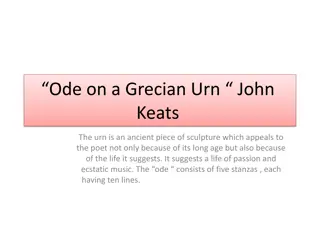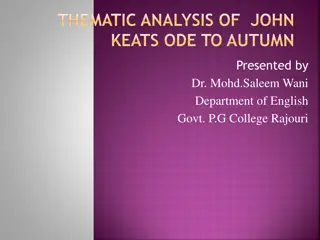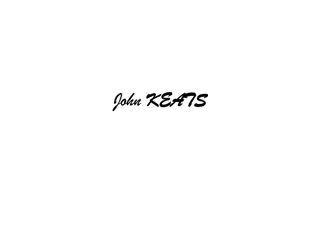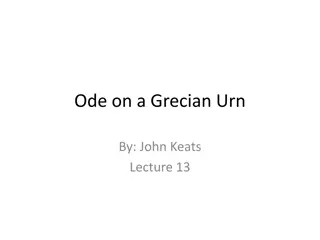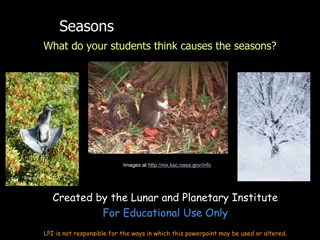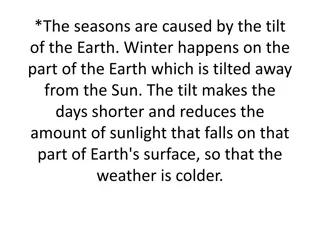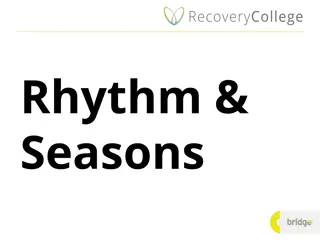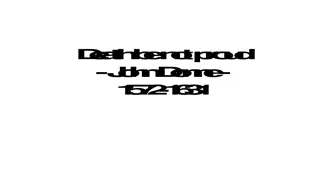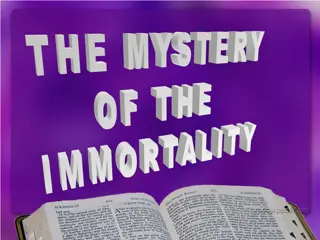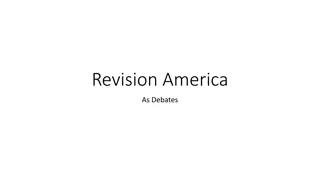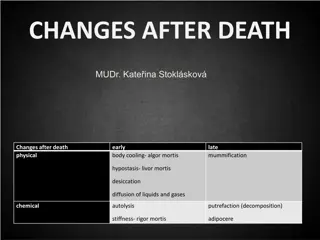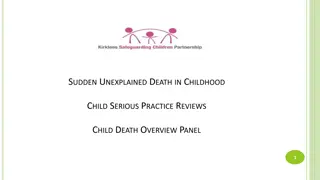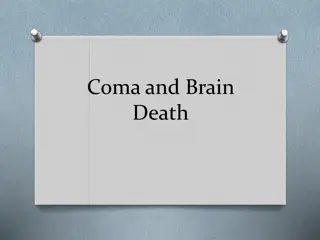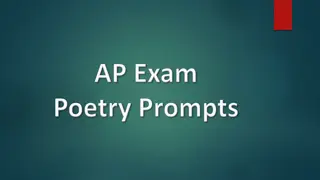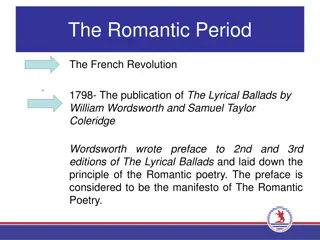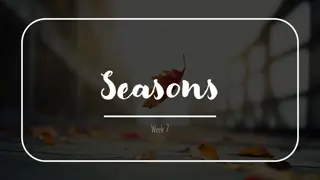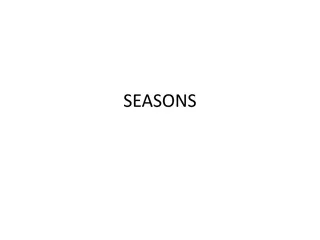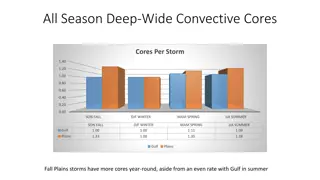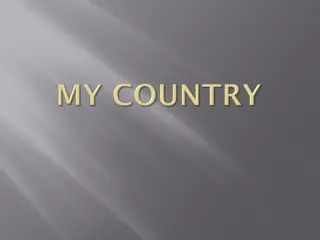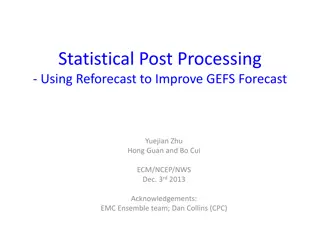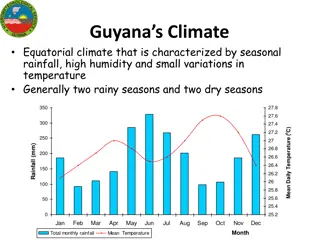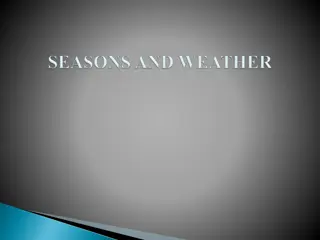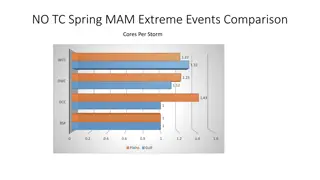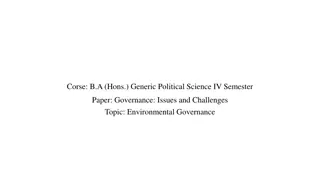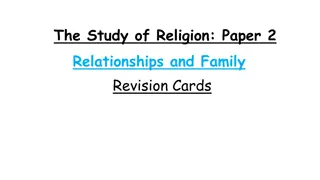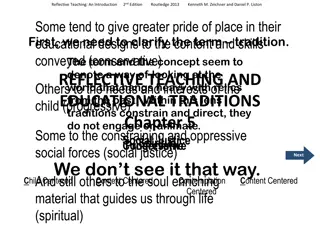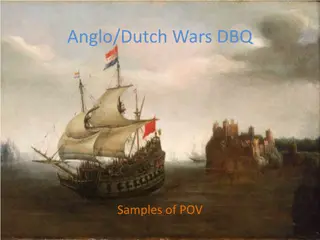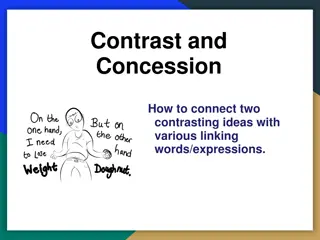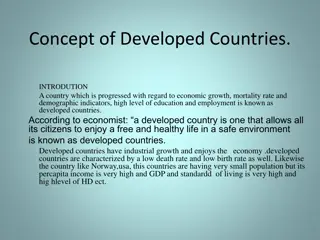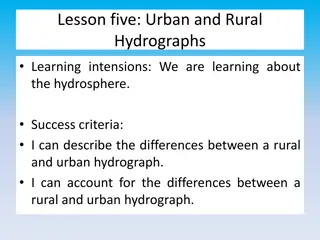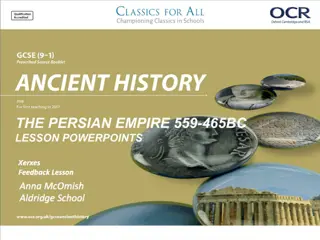Contrasting Perspectives on Death: Kooser's A Death in the Office vs. Keats' The Human Seasons
Ted Kooser's "A Death in the Office" and John Keats' "The Human Seasons" present differing views on mortality. Kooser portrays death as a routine process, while Keats sees it as a natural phase of life. Despite not explicitly mentioning death, both poems evoke contemplation on the inevitability of our end. Their contrasting tones, diction, and use of language provide unique insights into the human experience of mortality.
Download Presentation

Please find below an Image/Link to download the presentation.
The content on the website is provided AS IS for your information and personal use only. It may not be sold, licensed, or shared on other websites without obtaining consent from the author. Download presentation by click this link. If you encounter any issues during the download, it is possible that the publisher has removed the file from their server.
E N D
Presentation Transcript
A Poetic View of Humanity: Ted Kooser s A Death in the Office and John Keats The Human Season
A Death in the Office, page 1337 The Human Seasons, page 1335 First, let s read. . ..
*Both The Human Seasons, by John Keats and A Death in the Office, by Ted Kooser remind the reader that we all will die one day. For Kooser, death is an automatic, almost mechanical process, while Keats sees it as only one of the four stages of life. *The word death doesn t appear in either poem. *Thesis Statement
Ultimately, no one can halt the passing of time or avoid the approaching grave. It is human nature to devote only a passing interest to the death of someone you don t know well. *Thematically similar:
*Kooser apathetic, distracted tone *Keats contemplative, almost informative *Contrasting Tones
Kooser casual, with lots of prepositions: - desk to desk, pass on, boxed up, each of us, in her desk Keats - formal, with more complex use of prepositions: - the measure of the year, in the mind of man, they come to be part of himself Contrasting Diction:
Kooser Words that denote objects: - desk, boxed up, nameplate, Midol, pens cold and apathetic Keats - more judgmental adjectives: lusty, fancy, easy, fair, content, unheeded almost moralizing Contrasting Diction:
Kooser only three polysyllabic words: management, wherever, calendar mostly monosyllabic ticking of time: The news goes desk to desk Keats - many disyllabic words - summer, autumn, beauty, winter, threshold, mortal - a lilting, iambic rhythm Contrasting Diction:
*Kooser cold, unemotional language = life goes on *Keats formal, almost didactic language = death is only one small part of life *The Effect of Diction:
*Both use similes and metaphors: *Kooser like a memo, flashbulb eyes, buried, boxed up a disposable life *Keats spring, summer, autumn, winter - chews. . his cud, tired wings folded up - a naturally changing life *Similar Figurative Language
*To continue Id need to: *Explain the effect of the figurative language; *Connect the figurative language to theme and/or tone; *Provide some more examples.
*Also, after all devices are discussed, there should be some kind of CONCLUDING SLIDE. *This is a time, too, to ask it there are any more questions.
